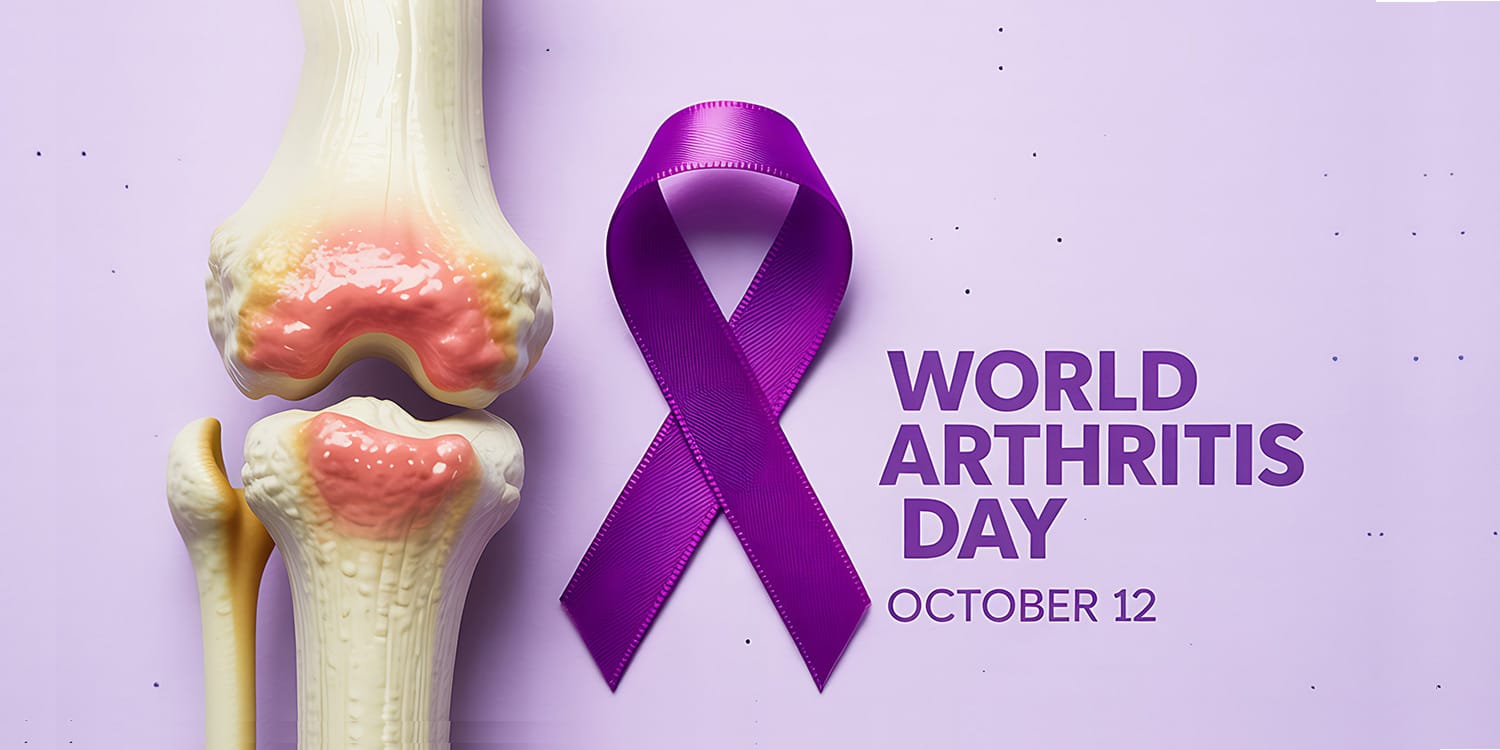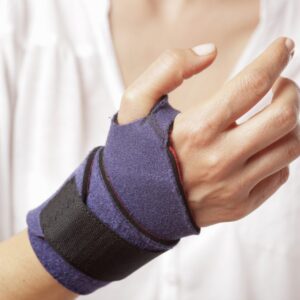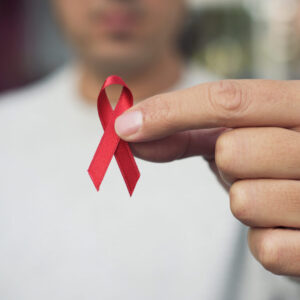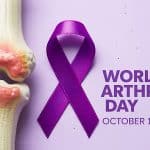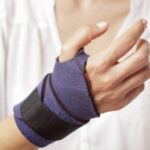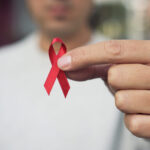Because the blessing of movement is the essence of an active life, and because your joint health is the key to your quality of life, we come together on this World Arthritis Day to raise the banner of awareness and prevention.
Our Message:
To shed light on rheumatic and joint diseases, support early diagnosis efforts, promote effective treatments, and work toward improving the lives of millions of people around the world living with these conditions.
As Allah the Almighty says:
“And do not throw [yourselves] with your [own] hands into destruction.”
— Surah Al-Baqarah, 2:195
Taking care of one’s body )and especially the joints) is part of protecting oneself from harm and serious consequences.
What Is Rheumatism? Understanding the Nature of the Disease
It is a common misconception that “rheumatism” refers to a single illness. In fact, it is an umbrella term for a large group of chronic, often inflammatory disorders that affect the joints and surrounding connective tissues.
Some of the most well-known include:
- Rheumatoid arthritis: An autoimmune disease.
- Juvenile arthritis: A form that affects children.
- Gout.
- Systemic lupus erythematosus and other autoimmune conditions related to the joints.
These diseases are not merely about occasional “pain.” They can negatively impact flexibility and movement, cause chronic pain and fatigue, and in advanced cases, may limit one’s ability to perform even the simplest daily activities.
Causes and Risk Factors: Who Is Most at Risk?
لا يزال السبب الدقيق لكثير من أمراض الروماتيزم غير معروف تماماً، لكن هناك عدة عوامل قد تزيد من احتمالية الإصابة:
- Age: The risk increases with age.
- Genetics and family history: Having relatives with rheumatic diseases raises one’s susceptibility.
- Excess weight and obesity: Add extra stress to weight-bearing joints, particularly the knees and hips.
- Previous injuries: Fractures or severe sprains can increase a joint’s susceptibility to future problems.
- Gender: Some diseases, such as rheumatoid arthritis, are more common in women.
- Autoimmune diseases: Conditions like lupus or diabetes may be associated.
Warning Signs to Watch For
- Persistent or recurrent joint pain, which may be sharp or throbbing.
- Noticeable swelling or redness around the affected joint.
- Stiffness and difficulty moving the joints, especially in the morning or after rest.
- Warmth or heat around the joint.
- Muscle weakness and gradual loss of flexibility or range of motion.
- General fatigue or unexplained tiredness.
Accurate Diagnosis
- Clinical examination: Evaluating joint and muscle condition and range of movement.
- Laboratory tests: Blood tests to detect inflammation markers and antibodies linked to autoimmune diseases.
- Imaging studies: X-rays, MRI, or ultrasound to assess joint and tissue damage.
Comprehensive Treatment Plan
- Medications: Pain relievers, anti-inflammatory drugs, disease-modifying antirheumatic drugs (DMARDs), and advanced biological therapies.
- Physical therapy and rehabilitation: Exercises designed to maintain muscle strength and joint flexibility.
- Occupational therapy: Techniques to perform daily tasks with minimal strain on the joints.
- Weight management: Losing extra weight significantly reduces pressure on the joints.
- Interventional treatments: Injections, such as corticosteroids or hyaluronic acid, are administered within the joint.
- Surgery: Considered a last option for severe cases, such as joint replacement or cleaning procedures.
Golden Tips for Prevention and Effective Management
- Stay active: Engage in gentle exercises that don’t overstrain the joints, such as walking, swimming, and stretching.
- Maintain a healthy weight: Every kilogram you lose relieves about four times that amount of pressure on your knees.
- Eat wisely: Follow a diet rich in antioxidants, omega-3 (found in fish), calcium, and vitamin D.
- Protect your joints: Avoid repetitive stress and use proper lifting techniques.
- Listen to your body: Balance activity and rest — never ignore pain.
- Stick to your treatment plan: Regular follow-ups and adherence to prescribed therapy are key to controlling the disease.
A Message from Imam Al-Hujjah Hospital
Caring for your joints is not a luxury — it is an investment in your mobility and independence. Do not ignore joint pain or repeated stiffness. Consult your doctor early; early diagnosis is your shield against complications and your key to an active, fulfilling life.
Imam Ali (as) said:
“Your cure is within you, but you do not see it;
your illness is from you, but you do not perceive it.”
— Nahj al-Balagha
Within us lie the sources of both health and healing. With awareness and understanding of our own bodies, we begin the journey toward preserving them.
Let us work together for healthy joints and a more vibrant life.
Wishing good health and safety to all
Dr. Mahdi Abd Al-Sahib
Orthopedician
